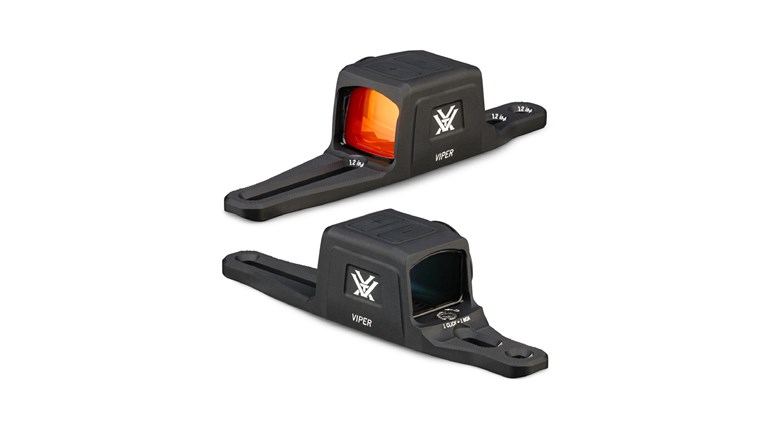
Shooting Sports USA received the questions below from an NRA Life member. These are good questions that arise time and time again. I would like to help by discussing what our shooters may need to know about astigmatism. Then, shooters can understand how and why steps need to be taken in order to improve sight picture.
- I need to learn how to select optics (rifle scopes, red dots, etc.) that will be useful with my astigmatic vision. Can you help?
- Are some types of rifle scope reticles, or focusing or parallax systems, less prone to seeing multiple crosshairs?
- Will some red-dot systems (holographic?) show only one red dot?
I’ve often demonstrated astigmatism to my patients by squeezing a tennis ball to show a difference of curvature along a flatter axis and a steeper axis to simulate the cornea of the eye. The majority of astigmatism occurs on the cornea, primarily on the front surface, but it may exist on the posterior surface as well. Some astigmatism may also occur on the lens due to a tilt and/or unequal curvature of the lens surfaces or layers. The corneal surface is aspheric with the periphery flatter than the central portion. Because of the pupil limiting the usable size of the cornea, we are concerned primarily with the central corneal astigmatism. The average pupil size ranges from 2 to 8 mm, depending on the individual and the lighting. The astigmatic eye will cause blur images that are poorly focused onto the retina because there is no one focal point.

By definition (Borish, 1970), “Astigmatism is defined as a refractive condition in which a variation of power exists in the different meridians of the eye. Generally, one meridian exhibits the greatest and one the least power, and these are known as the principal meridians.” These two meridians are 90 degrees from one another, and this is known as regular astigmatism. Less common is irregular astigmatism, in which the two meridians are not perpendicular.
There are three types of astigmatism; With-the-Rule Astigmatism, Against-the-Rule Astigmatism and Oblique Astigmatism. In With-the-Rule Astigmatism, the horizontal meridian is flatter, while the vertical meridian is steeper. In Against-the-Rule Astigmatism, the horizontal meridian is steeper, and the vertical meridian is flatter. With Oblique Astigmatism, the meridian of the steeper curve would lie between 30 to 60 degrees or 120 to 150 degrees. The flatter meridian would then be 90 degrees from this steeper meridian.
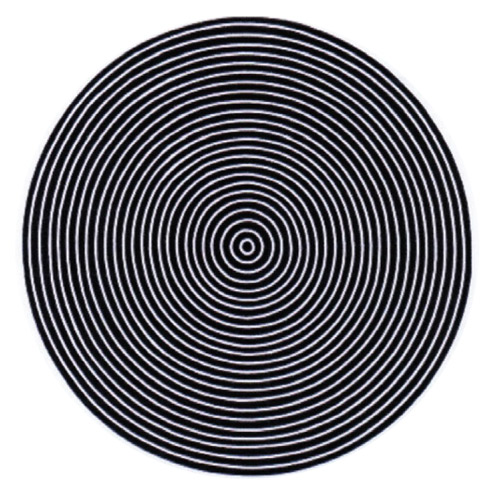
For everyday tasks, mild astigmatism may not affect our vision very much, and we may do fine without having corrective eyeglasses. Over-the-counter reading glasses have only the plus power but no astigmatic power. Because of the low price and greater availability, many opt for this choice in spite of their astigmatism. When astigmatism affects vision and comfort, only the proper eyeglass prescription will provide optimal vision and comfort.
Many of our shooters are very astute and have a good understanding of their nearsightedness, farsightedness and/ or astigmatism. Along with their eyecare professional, they have found good solutions for obtaining their best sight picture. However, there are others who are not sure how their astigmatism relates to their ongoing visual problems while shooting. There are those who have corrective eyeglasses which correct their astigmatism, but they may still have problems seeing their sights well.
The prevalence of astigmatism occurs in about 30 percent of the population, slightly less in school-age children from ages 5 through 17, and slightly higher after the age of 30. By ethnic groups, astigmatism is least prevalent among African-American (20 percent) and highest among Hispanic (37 percent), with White and Asian falling between the two. From one study (Tait, 1956), astigmatism under 2.00D accounted for 85 percent of all cases. The following table shows the distribution of astigmatism powers (Duke-Elder, 1949).

While looking at your own prescription copy, you may wish to see which level of astigmatism is present in your eyes. Please note that your eyecare professional often reduces the actual amount of astigmatism in your eyeglass prescription for various reasons. For seeing your sight picture best, inform the eye doctor to give you the “exact” prescription.
There are no magical solutions with scopes to allow shooters to see well for their uncorrected astigmatism. It would be impossible for any scope manufacturer to provide for all the powers of astigmatism and orientations. The orientation is denoted in one-degree increments from 1 to 180 degrees. There are also seven powers covering the common range of astigmatism: -0.50D, -075D, -1.00D, -1.25D, -1.50D, -1.75D and 2.00D. There are a significant number of individuals who have higher amount of astigmatism, including myself at one time.
My best recommendation to the NRA Life member would be to have a thorough eye exam and get prescription shooting glasses.
Astigmatism may change with time as the eye changes with aging, so this power is not absolute. For example, my astigmatism while in college was -3.50D in both eyes. From the chart, I would fall among the 2.84 percent category. My astigmatism had been decreasing gradually over the years, which is common, and after 50 years—and just prior to my cataract surgeries—it was -1.50D in each eye.
Another point of some importance, when one looks at their copy of the eyeglass prescription, one clinician may write your prescription differently as compared to another clinician. There is the “minus cylinder form” and the “plus cylinder form.” For example, -2.00 - 1.50 x 180 is the same lens power as -3.50 + 1.50 x 90 but just written in two different forms. There would be no need go into further detail, but I brought this up to your attention because one may think there was a mistake or a big prescription change from one year to another but in reality, it was different nomenclature.
Understanding your eyeglass prescription is fairly easy. Using the example of -2.00 – 1.50 x 180, the 2.00 is the amount of spherical power needed to correct the spherical refractive error, with the – sign signifying minus power to correct nearsightedness (myopia). If it was +, then it would signify plus power to correct farsightedness (hyperopia). The -1.50 is the cylindrical power needed to correct the astigmatism with the axis at 180 degrees. In this case, the eye has a flatter horizontal meridian along the 180 degrees axis, and a steeper vertical meridian at 90 degrees. A -1.50D would then be needed to offset this steeper meridian but nothing for the horizontal meridian, and thus, this is a cylindrical power lens. If you are not doing so at this time, it would be a good idea to get a copy of the eyeglass prescription after each eye exam to keep on file, whether you actually intend to have it filled or not. An informed shooter becomes a better shooter.
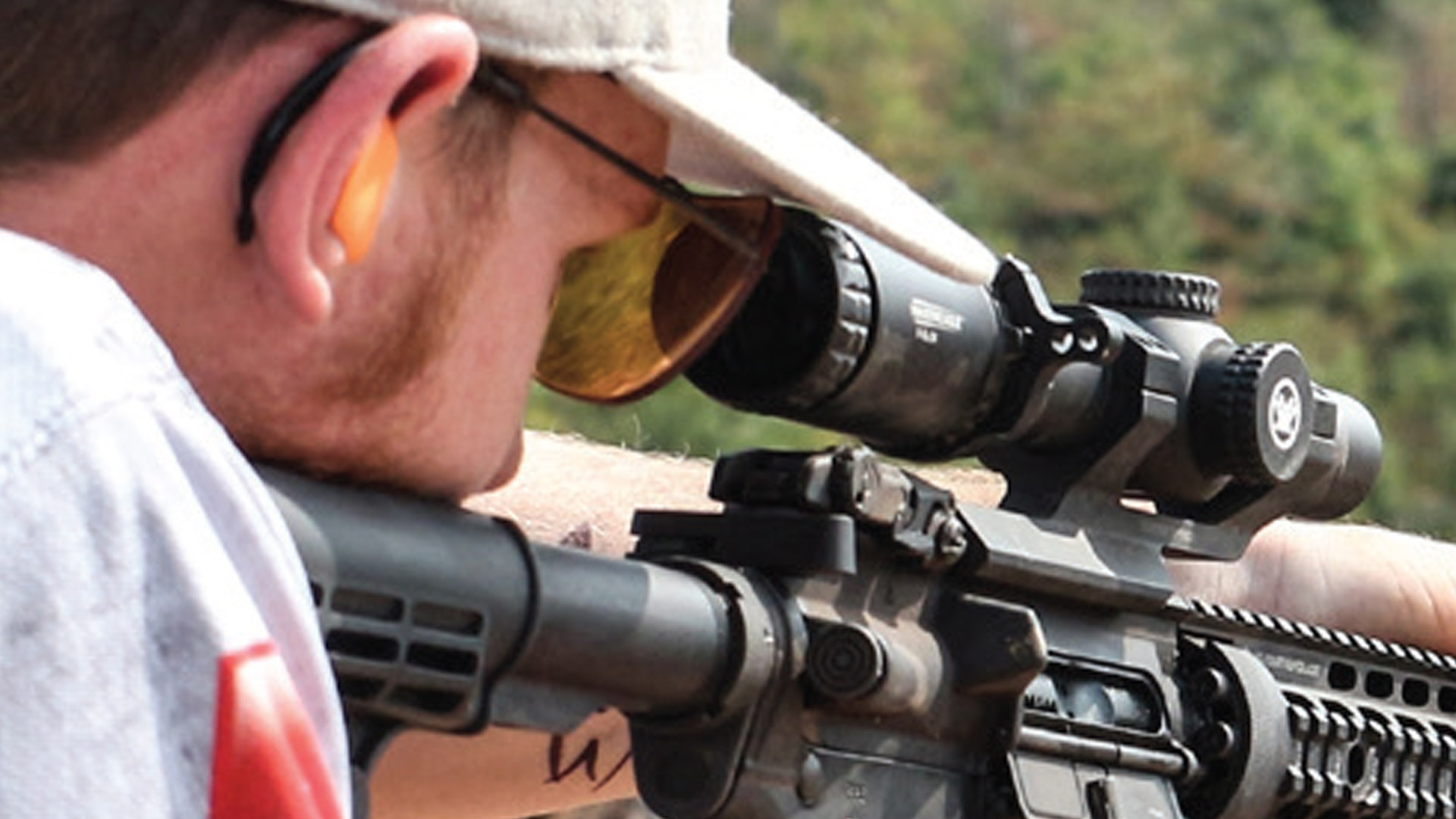
The topic of aging eyes in our shooters comes up frequently, and when vision no longer is 20/20, the sight picture deteriorates. While using a red-dot optic, it may not simply be a blurred red dot onto a blurred bullseye. Often, along with the blur, there is also distortion. For senior shooters who have cataracts, choosing the best type of intraocular implant (IOL) before cataract surgery is vital to obtain the ideal outcome, especially for the needs of competitive shooters. For the benefit of those who have cataracts or who are showing minimal signs, let’s examine this condition which will impact everyone at some point in time.
After wearing eyeglasses with astigmatism correction for decades, it would then be possible to incorporate this astigmatic correction with the IOL. The ideal outcome after cataract surgery would be the patient being free of any refractive errors; no residual nearsightedness, farsightedness and/or astigmatism. Exact outcomes can never be guaranteed but by choosing the best cataract surgeon, one will have the best chance of the desired results. Being in the eyecare profession and knowing who was considered the top of the field, my one and only choice was the world-renowned cataract surgeon, clinical professor, clinical investigator and lecturer, Dr. David F. Chang of Los Altos, Calif. Imagine that my pre-op prescription of my aiming eye was -9.50 - 1.50 x 170 with 20/40 vision, and after surgery, I was able to see 20/20 and with no residual refractive error in both eyes. This was a life-changing event, considering I’ve worn eyeglasses for 55 years in order to see far distances.
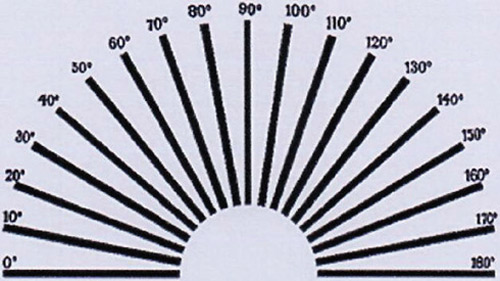
During surgery, while I was on the operating table, Dr. Chang used Intraoperative Wavefront Aberrometry to aid in determining the exact IOL power and placement of the toric IOL. He referred to the instrument used in this procedure to be similar to an autorefractor, which would ensure the best results. This was in addition to other standard measurements of the eye taken during my initial eye exam, which was needed to predict the IOL power. In two-thirds of the cases, the cataract surgeons using intraoperative refraction had changed their initial pre-op plan to achieve a better outcome. Needless to say, not all cataract surgeons have this instrument available. Interestingly, Dr. Chang commented “Bullseye!” during my post-op visit upon verifying the placement of the exact axis of the toric IOL, not realizing my background as a Bullseye pistol shooter. I’m sure that shooters, especially those who reload, can appreciate Dr. Chang’s diligence and precision.
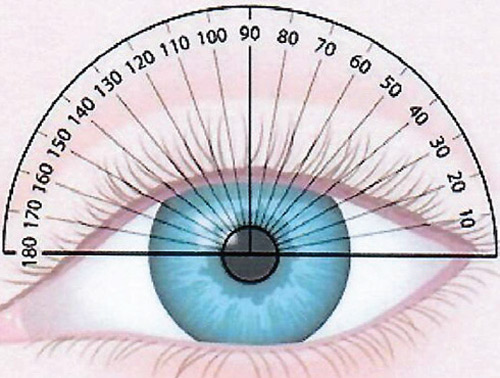
One of the adjustments patients need to make after surgery would be getting used to seeing the difference of image sizes. For me, no longer needing the high-minus eyeglass lenses, image sizes are now larger by about 15 to 20 percent. This is a huge difference when I acquire the sight picture, with the bullseye looking very big.
My best recommendation to the NRA Life member would simply be to have a thorough eye exam and get prescription shooting glasses which would provide clear vision while seeing through scopes. Use of various apertures may help but again, there are no scopes, red dots or crosshair types which would compensate or correct your astigmatism.
See more: The Appearance of Target Size















